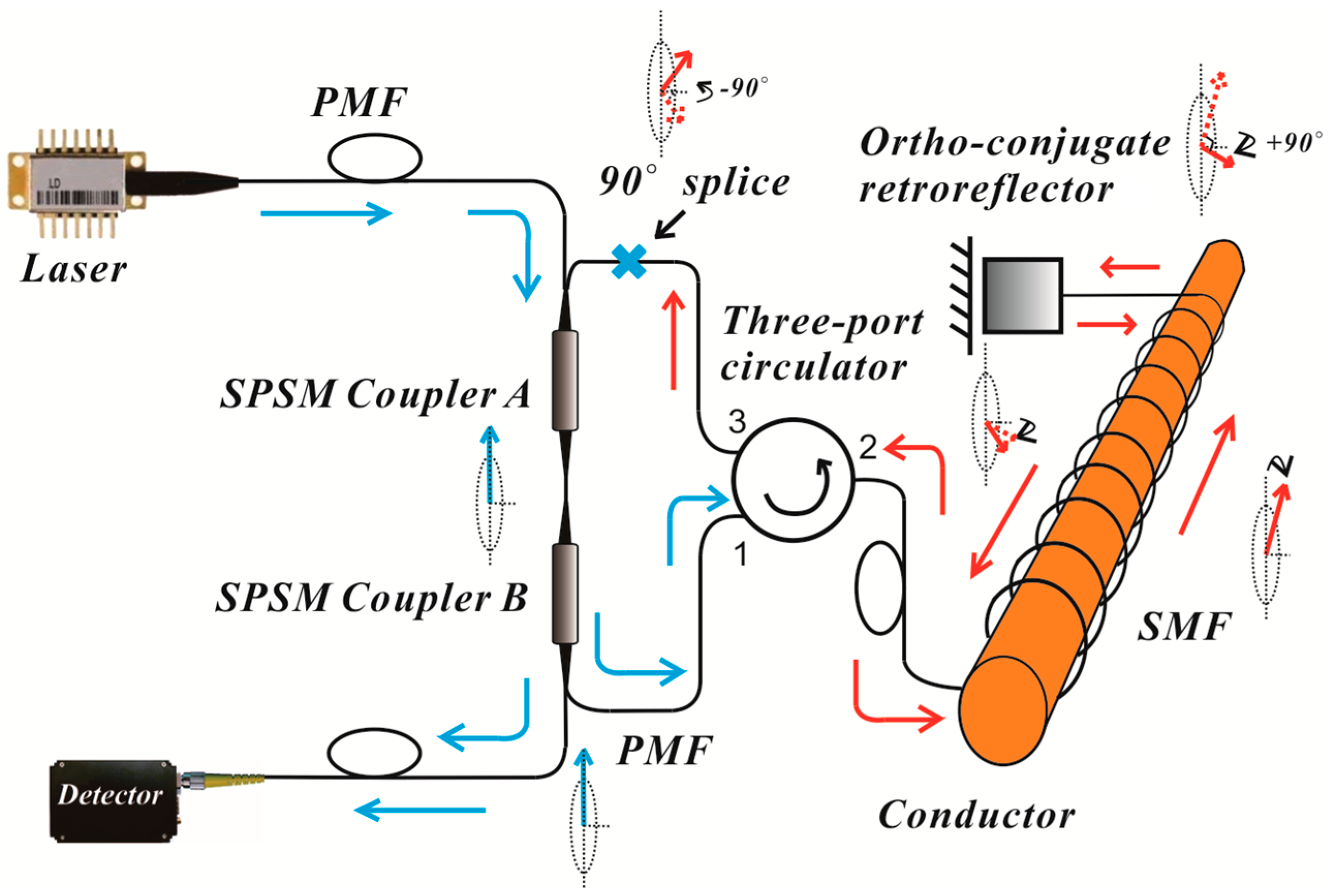Contents
Source: NET
Understanding Recirculating Fiber Loops in Optical Communication
Introduction to Recirculating Fiber Loops
Recirculating fiber loops are an innovative optical setup used extensively in the field of fiber-optic communications. By allowing light to make multiple round trips through an optical fiber, these loops enable the study of signal transmission over extensive distances. This is particularly useful for analyzing the impact of various factors such as amplifier noise and optical nonlinearities on signal quality in long-haul communication systems.
Applications in Laser Technology
In addition to their role in communication systems, recirculating fiber loops are valuable in laser technology. They are employed to measure the linewidth of lasers, especially when the linewidth is extremely narrow, often below 1 kHz. This method extends the self-heterodyne linewidth measurement technique by using the laser’s own output as a reference signal, facilitated by a long delay provided by a single-mode fiber.
How Recirculating Fiber Loops Work
The fundamental principle of a recirculating fiber loop involves providing a long delay with a relatively short fiber by allowing light to circulate multiple times. An acousto-optic modulator is used within the loop to shift the optical frequency with each round trip, ensuring that light from different trips remains distinct in the frequency domain. This separation allows for accurate linewidth measurements by analyzing the beat notes at the detector.
Challenges and Solutions
One major challenge in using recirculating fiber loops is the attenuation of light intensity due to losses from the acousto-optic modulator and the fiber itself. Without amplification, these losses significantly limit the number of usable round trips. By incorporating a fiber amplifier into the loop, these losses can be mitigated, though this introduces potential noise from the amplifier. Proper loop design is essential to minimize these noise effects and ensure accurate measurements.
Conclusion
Recirculating fiber loops are a vital tool in both optical communication and laser technology. They provide a means to study and measure phenomena over long distances and with great precision. Despite challenges such as loss and noise, advancements in loop design and technology continue to enhance their effectiveness and application scope.


Source: MDPI
Feel free to comment your thoughts.


